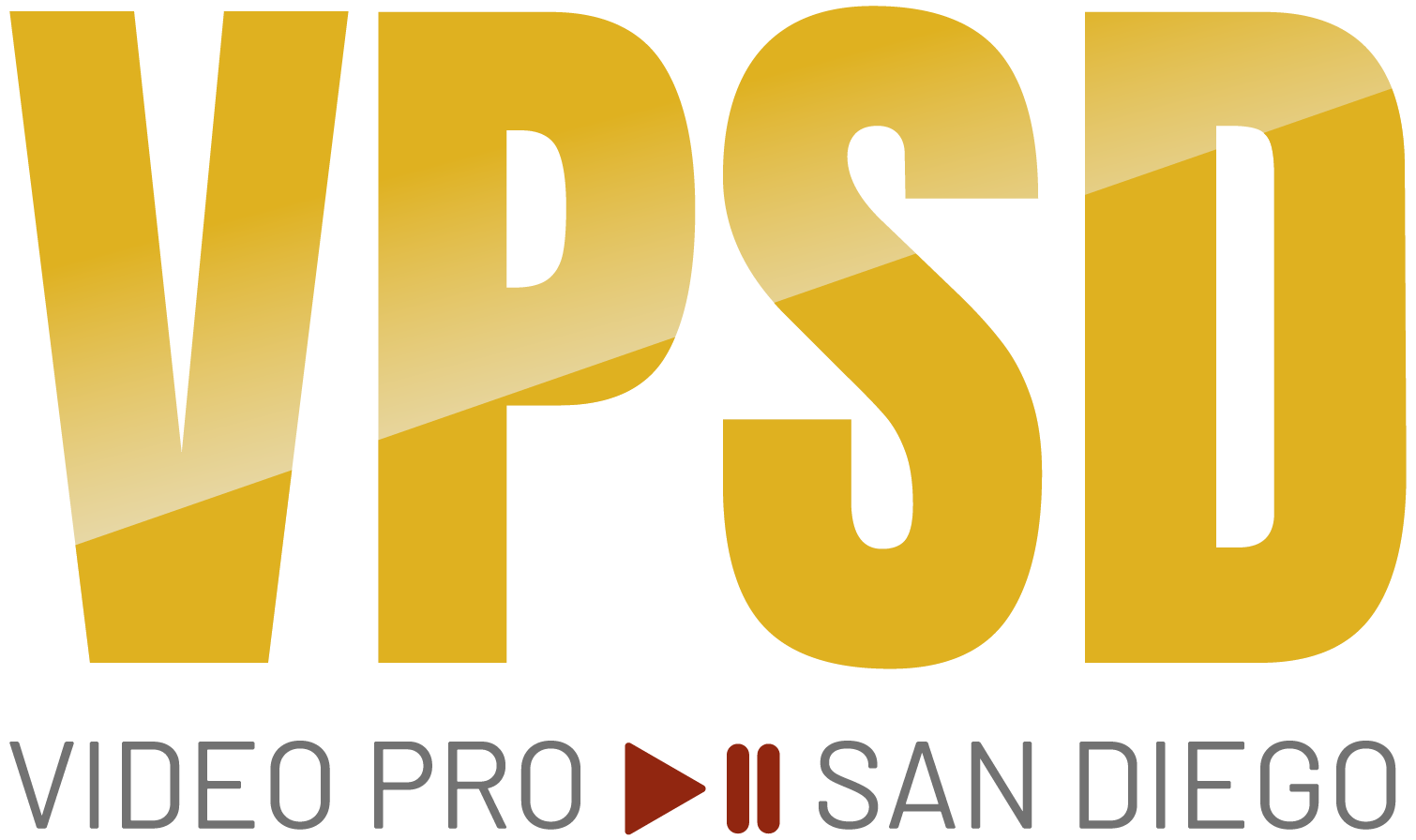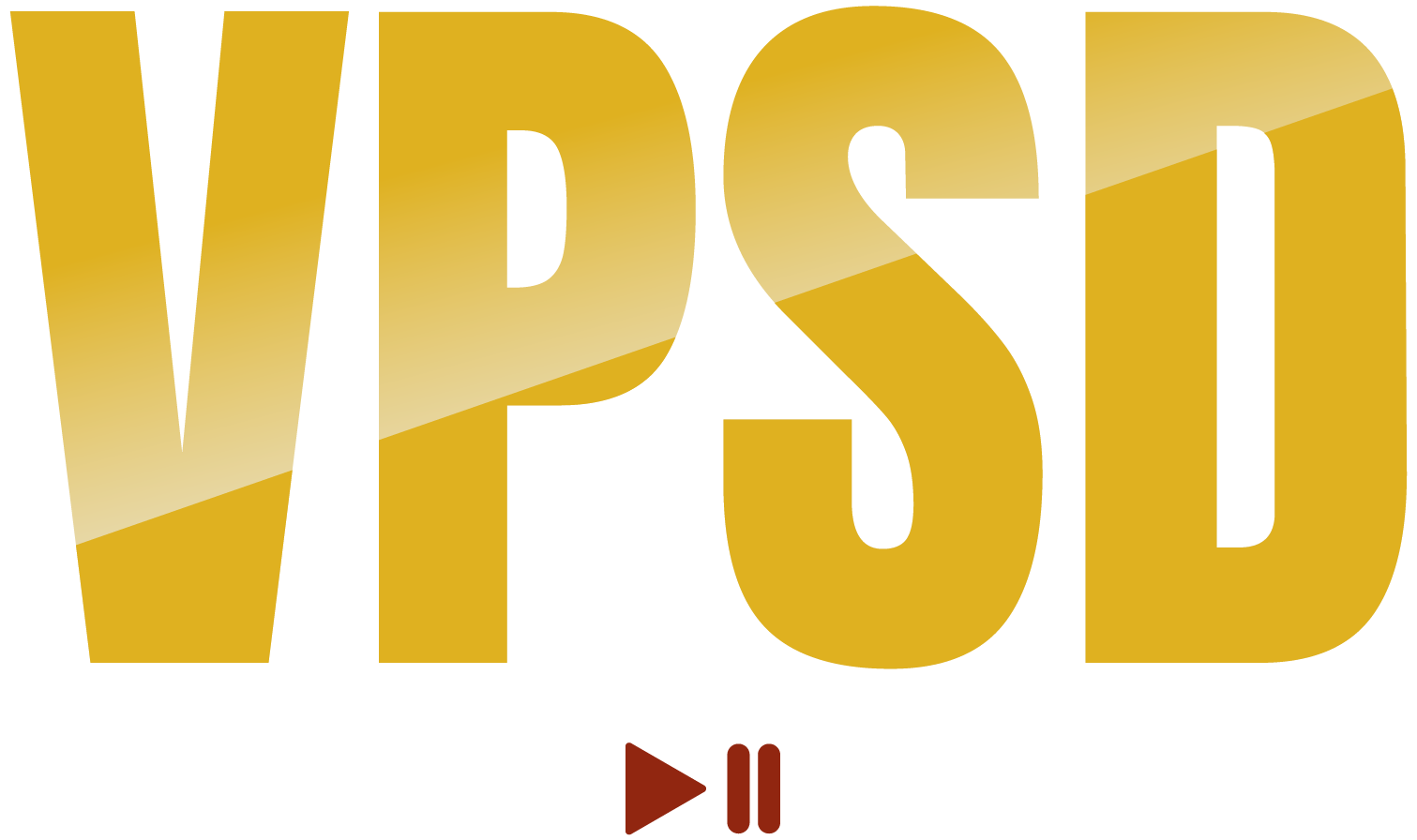Revolutionize your product launches with the power of corporate videos

Revolutionizing Product Launches: How to Leverage Corporate Video for Maximum Impact
I. Introduction
A. Hook: The power of corporate videos in revolutionizing product launches
Corporate videos have emerged as a game-changer in the world of product launches, revolutionizing the way businesses introduce their new offerings to the market. With their visual appeal, storytelling prowess, and ability to captivate audiences, corporate videos have become an indispensable tool for creating maximum impact and generating excitement. The power of video lies in its ability to convey messages in a dynamic and engaging manner, making it an ideal medium for showcasing the unique features and benefits of a product.
B. Brief overview of the importance of product launches in business
Product launches play a crucial role in the success of a business. They represent opportunities to make a memorable first impression, generate buzz, and create a strong market presence. A well-executed product launch can significantly impact brand awareness, customer perception, and ultimately, sales. It sets the stage for success by building anticipation and excitement among the target audience.
II. The Role of Corporate Videos in Product Launches
A. Definition and purpose of corporate videos
Corporate videos are professionally produced audiovisual content created by businesses to convey information about their products, services, brand, or company as a whole. The purpose of corporate videos in the context of product launches is to engage, inform, and persuade the target audience by showcasing the unique value proposition of the product in an appealing and memorable way.
Corporate videos are typically used to highlight the features, benefits, and potential applications of a product. They can demonstrate how the product solves a specific problem or addresses a particular need, effectively conveying its value to the target market. Through carefully crafted visuals, sound, and storytelling, corporate videos have the ability to create an emotional connection with viewers, increasing the chances of brand recall and customer engagement.
B. Importance of corporate videos in creating brand awareness and generating excitement
Corporate videos play a vital role in creating brand awareness during product launches. They provide businesses with an opportunity to introduce their brand and its values, establish a distinctive identity, and differentiate themselves from competitors. By incorporating consistent branding elements such as logos, color schemes, and brand messaging, corporate videos can strengthen brand recognition and leave a lasting impression on the audience.
Furthermore, corporate videos have the power to generate excitement and anticipation among the target audience. By utilizing captivating visuals, engaging storytelling techniques, and compelling narratives, corporate videos can build anticipation, fuel curiosity, and create a sense of intrigue around the upcoming product. This heightened excitement translates into increased interest and engagement, leading to a higher likelihood of successful product adoption and sales.
In addition to creating brand awareness and generating excitement, corporate videos have the advantage of being easily shareable across various digital platforms. With the prevalence of social media and online video platforms, businesses can leverage corporate videos to reach a wider audience, amplify their message, and foster viral sharing. The ability to reach and engage potential customers on multiple platforms further enhances the impact and effectiveness of corporate videos in product launches.
III. Understanding Your Target Audience
A. Importance of identifying and understanding your target audience
One of the critical factors in creating a successful corporate video for a product launch is to identify and understand your target audience. By knowing your target audience, you can tailor your video messaging and content to resonate with their needs, preferences, and interests. Understanding your target audience allows you to create a more targeted and compelling corporate video that effectively communicates the value of your product and captures their attention.
B. Conducting market research to gather insights
Market research is a crucial step in understanding your target audience. It involves gathering data and insights about your potential customers, their demographics, psychographics, buying behaviors, and preferences. Market research methods include surveys, interviews, focus groups, and analyzing existing data and market trends.
Through market research, you can uncover valuable information about your target audience's needs, challenges, motivations, and purchasing habits. This knowledge enables you to align your corporate video messaging with their specific pain points and showcase how your product can address their unique needs. Market research also helps in identifying the most effective channels and platforms to reach and engage your target audience with your corporate video.
C. Creating buyer personas to tailor your corporate video messaging
Buyer personas are fictional representations of your ideal customers based on real data and insights gathered from market research. Creating buyer personas helps in humanizing your target audience and gaining a deeper understanding of their characteristics, motivations, goals, and challenges. It allows you to tailor your corporate video messaging to resonate with the specific needs and preferences of each buyer persona.
When creating buyer personas for your product launch corporate video, consider factors such as age, gender, occupation, interests, pain points, goals, and preferred communication channels. These personas serve as guides in developing content, scripting, and visuals that will resonate with each target audience segment.
IV. Crafting Compelling Storylines
A. The power of storytelling in corporate videos
Storytelling is a powerful tool in corporate videos that can captivate and engage the audience on an emotional level. Humans are naturally drawn to stories, and incorporating storytelling techniques in corporate videos helps to create a memorable and impactful experience.
By telling a story, you can establish a connection with your audience, evoke emotions, and make your message more relatable. A well-crafted narrative can effectively convey the value and benefits of your product while resonating with the aspirations and desires of your target audience.
B. Identifying key messages and objectives for your product launch
Before crafting the storyline for your corporate video, it is essential to identify the key messages and objectives you want to communicate to your audience. Determine what you want your viewers to take away from the video and what actions you want them to take after watching it.
Consider the unique selling points of your product, the problems it solves, and the benefits it offers. These should be the foundation of your key messages. Additionally, align your objectives with your overall product launch strategy, whether it's to create awareness, generate leads, or drive sales.
C. Structuring your video with a captivating narrative arc
A captivating narrative arc helps to structure your corporate video and engage the audience from beginning to end. It typically includes an introduction, rising action, climax, falling action, and conclusion.
In the introduction, grab the viewer's attention and establish the context of your product launch. The rising action should build anticipation and present the unique features and benefits of your product. The climax is the peak of excitement and showcases the product's value proposition. The falling action provides further information and reinforcement, while the conclusion wraps up the video with a strong call to action.
Consider incorporating elements such as testimonials, demonstrations, or customer success stories within the narrative arc to provide social proof and enhance the credibility of your product.
V. Choosing the Right Video Format and Style
A. Overview of different video formats and styles (e.g., explainer videos, testimonials, demos)
When it comes to corporate videos for product launches, there are various formats and styles to consider. Explainer videos, as the name suggests, are effective for explaining complex concepts or demonstrating how a product works. Testimonial videos feature satisfied customers sharing their positive experiences with the product, creating trust and credibility. Demo videos showcase the product in action, highlighting its features and benefits. Other formats include product presentations, behind-the-scenes videos, and animated videos.
Each format has its own strengths and is suitable for different objectives. Explainer videos are great for introducing a new product and simplifying complex information. Testimonial videos help build trust and credibility by showcasing real customers' positive experiences. Demo videos provide a hands-on experience, allowing viewers to see the product in action. Consider the nature of your product, the intended message, and the preferences of your target audience when selecting the most appropriate video format.
B. Selecting the most suitable format and style for your product launch
To select the most suitable format and style for your product launch, consider the goals, target audience, and key messages you identified earlier. Reflect on the unique features and benefits of your product and think about the best way to showcase them effectively. Consider the emotions you want to evoke in your audience and the desired perception of your brand. For example, if your product focuses on innovation and cutting-edge technology, an animated video may be a good fit. If your product is service-oriented, testimonial videos can help highlight the positive impact it has on customers' lives.
It's also essential to align the video format and style with your overall brand identity and image. Consistency in messaging, visuals, and tone enhances brand recognition and strengthens your brand's positioning in the market. Keep in mind the preferences and habits of your target audience, as well as the platforms where you plan to distribute the video. For instance, shorter, attention-grabbing videos may be more suitable for social media platforms, while longer and more detailed videos may work well for website presentations or email marketing campaigns.
C. Incorporating elements like animation, music, and visuals to enhance engagement
To enhance engagement and captivate your audience, consider incorporating various elements into your corporate video. Animation can be used to simplify complex concepts, create visual interest, and add a touch of creativity. It allows you to bring your product to life in a visually appealing and engaging way.
Music plays a significant role in setting the tone and creating an emotional connection with your audience. Choose music that complements the message and style of your video. Consider the pace, rhythm, and mood you want to convey and select music that aligns with those elements.
Visuals such as graphics, images, and videos can enhance the storytelling and provide additional context to your message. Use visuals that are relevant, visually appealing, and support the key messages you want to convey. Incorporate dynamic transitions, captivating visuals, and eye-catching effects to maintain viewer interest and make the video more engaging.
Remember to strike a balance between engaging visuals and not overwhelming the viewer. Keep the focus on your product and its benefits, ensuring that the visuals and other elements support the central message without overshadowing it.
VI. Scriptwriting and Storyboarding
A. Importance of a well-written script for your corporate video
A well-written script is essential for creating a compelling and impactful corporate video. The script serves as the foundation of the video's content and messaging, guiding the flow and structure of the narrative. It ensures that your key messages are conveyed effectively and concisely, capturing the attention and interest of your audience.
A well-crafted script helps maintain a clear focus and consistency throughout the video. It enables you to deliver your product's value proposition, highlight its unique features, and address the pain points of your target audience. A well-written script also allows for smooth transitions and a coherent storytelling experience, enhancing the overall impact and effectiveness of your corporate video.
B. Tips for crafting a compelling script that aligns with your brand and messaging
When crafting a script for your corporate video, consider the following tips to ensure its effectiveness:
- Know your objectives: Clearly define the objectives you want to achieve with your corporate video. Align the script with these objectives to ensure a consistent and focused message.
- Know your audience: Understand your target audience and tailor your script to resonate with their needs, preferences, and interests. Use language, tone, and style that will engage and connect with them.
- Keep it concise: Corporate videos are typically shorter in length, so prioritize clarity and brevity. Condense your key messages and convey them succinctly to maintain viewer engagement.
- Use storytelling techniques: Incorporate storytelling elements to make your script more engaging and memorable. Introduce characters, create conflict, and resolve it to captivate your audience.
- Highlight the benefits: Clearly communicate the unique features and benefits of your product. Focus on how it solves a problem or fulfills a need for your target audience.
- Include a call to action: End your script with a strong call to action that prompts viewers to take the desired next step, whether it's visiting your website, making a purchase, or signing up for a newsletter.
- Review and revise: Regularly review and revise your script to ensure clarity, coherence, and impact. Seek feedback from colleagues or professionals to refine your messaging.
C. Storyboarding techniques to visually plan and organize your video
Storyboarding is a visual planning technique that helps you organize the sequence of shots and visualize how your corporate video will unfold. It involves sketching or creating rough illustrations of each scene or shot, accompanied by notes or descriptions of the accompanying visuals, dialogue, and actions.
Storyboarding allows you to plan the visual composition, camera angles, transitions, and timing of your video. It helps ensure a cohesive and well-structured narrative flow, allowing you to identify any gaps or areas that need further refinement. Storyboarding also helps communicate your vision to the production team, ensuring a shared understanding of the video's visual direction.
When storyboarding your corporate video, consider the following techniques:
- Break down the script: Divide your script into individual scenes or shots that capture key moments and messages.
- Sketch the visuals: Create rough sketches or illustrations of each shot or scene, depicting the composition, characters, and visual elements.
- Include annotations: Add annotations or descriptions to each sketch, noting details such as camera angles, transitions, dialogue, and actions.
- Consider timing and pacing: Indicate the timing and duration of each shot or scene, ensuring a balanced and cohesive flow throughout the video.
- Collaborate and iterate: Share your storyboard with the production team and gather feedback. Iterate and refine the storyboard based on the input received.
Remember that storyboarding is a flexible tool, and adjustments can be made during the production process. It serves as a blueprint for your video, providing a visual guide to ensure that your corporate video aligns with your script and overall vision.
VII. Filming and Production
A. Overview of equipment and resources needed for filming
When it comes to filming your corporate video, you'll need a variety of equipment and resources to ensure a successful production. Some essential items include:
- Camera: Invest in a high-quality camera that can capture clear, crisp footage. Consider the resolution, frame rate, and low-light capabilities when selecting a camera.
- Lighting equipment: Proper lighting is crucial for achieving professional-looking results. Invest in lighting equipment such as softboxes, LED panels, or reflectors to control the lighting conditions during filming.
- Audio equipment: Clear and high-quality audio is essential for a corporate video. Use a dedicated microphone, such as a lavalier or shotgun mic, to capture clean and intelligible sound.
- Tripod or stabilizer: Keep your shots steady and smooth by using a tripod or stabilizer. This helps to eliminate shaky footage and ensures a professional look.
- Props and set design: Depending on the nature of your product and the desired aesthetic, you may need props or set design elements to enhance the visual appeal of your video.
- Location and permits: Determine the filming locations that best suit your video concept. Make sure to obtain any necessary permits or permissions for shooting in public or private spaces.
It's important to assess your specific filming needs and budget when selecting equipment and resources. Consider renting equipment if you don't have access to all the necessary tools, and allocate resources for post-production editing and color grading.
B. Hiring professionals vs. in-house production
When it comes to filming and production, you have the option of hiring professionals or handling the process in-house. Both options have their advantages and considerations:
Hiring professionals:
- Expertise and experience: Professional videographers and production teams bring a wealth of knowledge and experience to the table. They understand the technical aspects of filming, have access to high-quality equipment, and can deliver polished results.
- Efficiency: Professionals are well-versed in the production process and can streamline the filming and editing workflow, ensuring a smooth and efficient production timeline.
- Creative input: Working with professionals allows you to tap into their creative expertise. They can contribute fresh ideas, suggest innovative approaches, and help elevate the overall quality of your corporate video.
- Time and resource savings: Hiring professionals frees up your time and resources, allowing you to focus on other aspects of your product launch.
In-house production:
- Cost savings: Producing the video in-house can be more cost-effective, especially if you already have some of the necessary equipment and resources.
- Control and flexibility: Handling the production in-house gives you full control over the creative direction, scheduling, and decision-making process.
- Brand familiarity: In-house teams have an intimate understanding of your brand, product, and messaging, which can translate into a video that perfectly aligns with your brand identity.
- Collaboration and engagement: Involving your internal team in the production process fosters collaboration and engagement, allowing for a more personalized and authentic representation of your brand.
Consider your budget, timeframe, desired quality, and available resources when deciding whether to hire professionals or opt for in-house production. Assess the capabilities and expertise of your internal team and weigh them against the benefits of working with professionals.
C. Best practices for shooting high-quality footage and capturing attention
When shooting your corporate video, there are several best practices to ensure high-quality footage and capture the attention of your audience:
- Plan and prepare: Develop a detailed shot list and filming schedule to ensure a structured and organized shoot. Prepare your equipment, props, and location beforehand to minimize disruptions and delays.
- Use appropriate lighting: Proper lighting is essential for achieving visually appealing and professional-looking footage. Use a combination of natural light and artificial lighting equipment to enhance the visual quality and ensure consistent lighting throughout the video.
- Focus on composition: Pay attention to the composition of each shot, considering elements such as framing, rule of thirds, and leading lines. Create visually pleasing and balanced compositions that draw the viewer's attention to the subject.
- Capture diverse shots: Vary your shots to create visual interest and engage your audience. Include a mix of wide shots, close-ups, and different angles to capture different perspectives and highlight important details.
- Use camera movement strategically: Utilize camera movements, such as pans, tilts, and tracking shots, to add dynamism and engage the viewer. Be intentional with your camera movements, ensuring they serve a purpose and enhance the storytelling.
- Pay attention to audio quality: Clear and high-quality audio is crucial for a professional corporate video. Use external microphones to capture clean and intelligible sound. Minimize background noise and ensure that dialogue and narration are crisp and well-balanced.
- Capture b-roll footage: In addition to your main shots, capture b-roll footage to add visual context and provide additional storytelling elements during the editing process. B-roll can include close-ups, product details, behind-the-scenes shots, or shots of people using the product.
- Experiment with depth of field: Adjust the depth of field to create visual interest and emphasize certain elements. Use a shallow depth of field to isolate the subject and create a blurred background, drawing attention to the focal point.
- Direct and guide your talent: If your video includes actors or employees, provide clear direction and guidance to ensure natural and authentic performances. Help them understand the intended tone and messaging of the video.
Remember to capture more footage than you think you'll need, as it allows for flexibility during the editing process. Take breaks when necessary to ensure the energy and enthusiasm of your talent and crew are maintained throughout the shoot.
VIII. Editing and Post-Production
A. Importance of editing in refining your corporate video
Editing is a crucial step in the post-production process that allows you to refine your corporate video and bring it to its full potential. It involves selecting the best shots, arranging them in a logical and engaging sequence, and enhancing the overall visual and auditory experience.
Through editing, you can eliminate any unnecessary footage, correct mistakes, and create a cohesive and compelling narrative. It enables you to fine-tune the pacing, timing, and transitions of your video, ensuring a smooth and captivating viewing experience for your audience.
B. Choosing the right editing software and tools
Choosing the right editing software and tools is essential for efficient and effective post-production. There are various professional editing software options available, each with its own features and capabilities. Popular editing software includes Adobe Premiere Pro, Final Cut Pro, and DaVinci Resolve.
Consider the complexity of your project, your level of expertise, and your budget when selecting an editing software. Look for software that offers a user-friendly interface, robust editing capabilities, and the ability to handle the file formats and resolutions of your footage.
In addition to editing software, consider other tools and resources that can enhance your post-production workflow. These may include color grading software, visual effects plugins, and audio editing tools. Invest in resources that align with the specific needs and requirements of your corporate video.
C. Enhancing the video with effects, transitions, and graphics
During the editing process, you have the opportunity to enhance your corporate video with effects, transitions, and graphics to elevate its visual appeal and engagement:
- Effects: Apply visual effects such as color correction, color grading, and filters to enhance the overall look and mood of your video. Effects can help create a consistent and polished aesthetic that aligns with your brand.
- Transitions: Use smooth and seamless transitions between shots to create a fluid and cohesive narrative. Transitions can be simple cuts, fades, or more creative transitions like wipes or dissolves.
- Graphics: Incorporate graphics such as titles, lower thirds, and captions to provide additional context, highlight key points, and reinforce your messaging. Ensure that the graphics are visually appealing, legible, and aligned with your brand's visual identity.
When using effects, transitions, and graphics, be mindful of striking the right balance. Avoid overusing or overwhelming the video with excessive effects, and ensure that they serve a purpose in enhancing the storytelling and engagement.
Take the time to review and iterate on your edits, seeking feedback from colleagues or professionals to refine the final version of your corporate video. Pay attention to the pacing, audio levels, and overall coherence of the video to ensure a high-quality and impactful end result.
Conclusion
Leveraging corporate videos for product launches can have a transformative impact on the success and effectiveness of your marketing efforts. By incorporating effective tips and strategies throughout the different stages of your video production process, you can revolutionize your product launches and achieve maximum impact.
Start by recognizing the power of corporate videos in capturing attention, creating brand awareness, and generating excitement. Understand the importance of identifying and understanding your target audience, conducting market research, and creating buyer personas to tailor your video messaging.
Craft compelling storylines that engage and resonate with your audience, highlighting key messages and objectives for your product launch. Choose the right video format and style that aligns with your brand and product, incorporating elements like animation, music, and visuals to enhance engagement.
Invest time and effort into scriptwriting and storyboarding to ensure a well-crafted narrative and effective visual planning. During filming and production, follow best practices to capture high-quality footage and attention-grabbing shots.
In the editing and post-production phase, leverage the importance of editing in refining your corporate video. Choose the right editing software and tools, and enhance your video with effects, transitions, and graphics that elevate its visual appeal.
By following these steps and implementing the strategies outlined in this article, you can unlock the full potential of corporate videos and revolutionize your product launches, creating maximum impact and driving the success of your business.
Revolutionizing Product Launches: How to Leverage Corporate Video for Maximum Impact
June 8, 2023
Company
All Rights Reserved | Video Pro San Diego | A division of GoBeRewarded Marketing Agency





